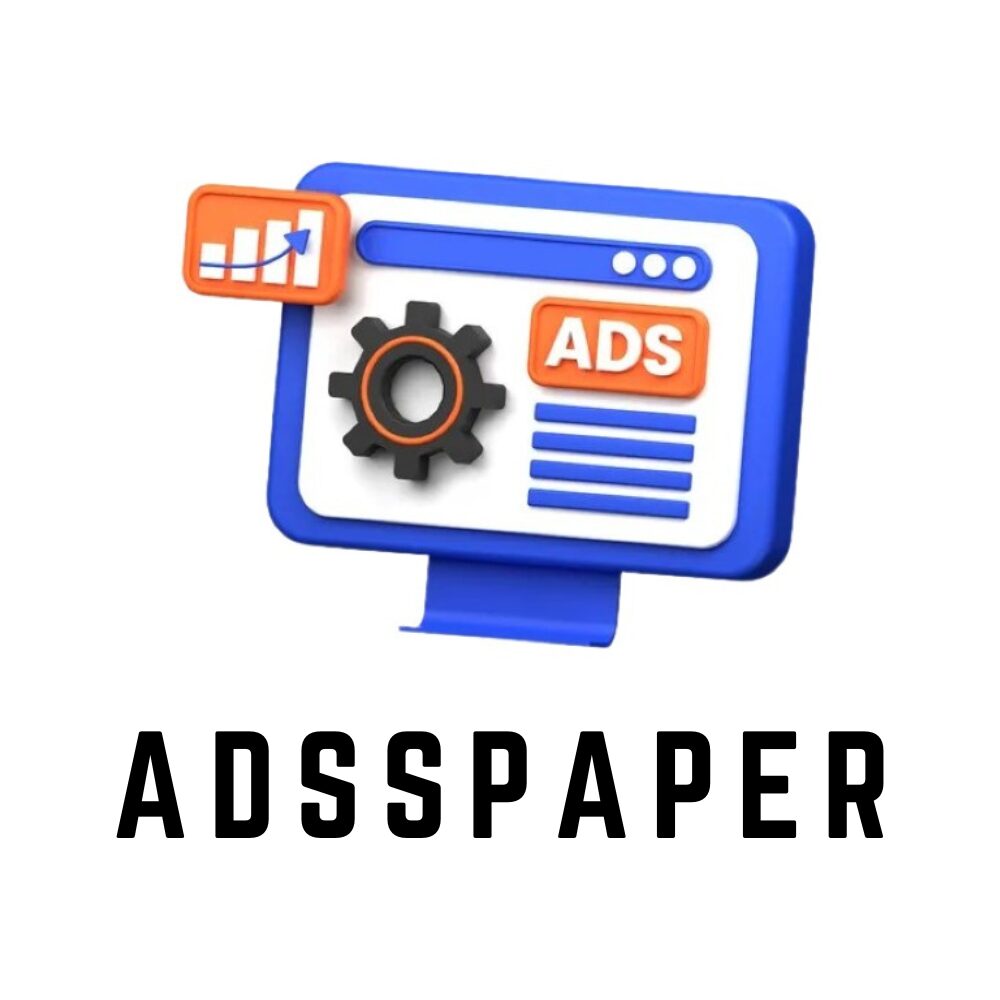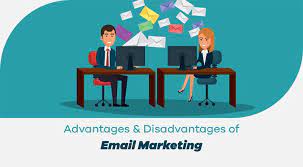Email marketing has become a popular way for businesses to reach their target audience and promote their products and services. It’s an affordable method that allows companies to send messages to a large audience quickly. However, there are also some downsides to email marketing that businesses need to be aware of. In this article, we’ll explore the disadvantages of email marketing and provide ways to overcome them.
The Disadvantages of Email Marketing
1. High Chance of Being Marked as Spam
One of the biggest disadvantages of email marketing is the high chance of being marked as spam. If a recipient feels that the email is unsolicited or irrelevant, they’re more likely to mark it as spam. This can lead to your email ending up in the recipient’s spam folder, which means they may never see it.
2. Low Open Rates
Another disadvantage of email marketing is low open rates. Many people receive dozens, if not hundreds, of emails every day, and it can be challenging to capture their attention. Even with a compelling subject line, there’s no guarantee that a recipient will open your email.
3. Unsubscribe Rate
While email marketing is a cost-effective way to reach a large audience, it can also lead to a high unsubscribe rate. If your emails are not resonating with your audience, they may opt-out of your mailing list.
4. Email Clutter
The digital world is cluttered, and it’s not just confined to social media platforms. Emails that are sent en masse can contribute to this clutter. Recipients may not be interested in promotional email, which can lead to neglected inbox or constant spam reporting area.
Ways to Overcome the Disadvantages
1. Personalization
To combat the high chance of being marked as spam, it’s important to personalize your emails. Personalized emails are more likely to be opened and read than generic emails. Use the recipient’s name and segmentation for more efficient targeting –
2. Compelling Subject Lines
To increase your open rates, it’s vital you come up with compelling subject lines that resonate with your target audience. Utilize A/B testing to writing compelling subject lines for your target audience.
3. Relevant Content and Clear CTAs
Crafting emails with relevant content that engage users and include a clear call-to-action section can be incredibly useful. Reader engagement and satisfaction are crucial to improving open rates and driving conversions.
4. Limited Email Frequency
Sending too many promotional emails, even with the best possible subject lines and the most engaging content can – can be an overload to your potential clients. It’s best practice to maintain limited email frequency. Monitor open rates and unsubscribe numbers to adjust the email frequency as the audience’s interests dictate.
Conclusion
Email marketing can be a tool with numerous advantages, and with a well thought out strategy, it can work great in driving revenue. However, it’s essential to be aware of the potential downsides and work towards overcoming or limiting them. Whether personalization, segmentation, or your calls-to-action, it’s important to constantly monitor these and monitor the relevance and engagement of your emails.
FAQs
Email segmentation is the practice of dividing your mailing list into smaller groups based on specific criteria. It’s important because it allows for more personalized and relevant content to be sent to your subscribers, leading to improved engagement and higher conversion rates.
A/B testing or split testing allows you to test various subject lines, copy, and call-to-action options before sending them out to your email subscribers. This can help determine what message resonates best for your audience, increasing the probability of higher open and click-through rates.
It depends on your audience and other factors. While there’s no single answer that works for everyone, aim for sending-updates no more often than twice-a-week but no less frequently than twice-a-month. Monitor the open rate and subscriber interaction to adjust as needed.
Track and evaluate the open rates, unsubscribe rate, and click-through rate. If the open rates are low, consider the subject lines and emails’ relevance. If the unsubscribe rate is high, consider distinguishing subscriber groups more effectively or adjusting email frequency, tone, or content.
Target the right audience with the right content. Avoid too many links or capitalized letters. Introduce yourself and the company. Provide an option to unsubscribe and respect your audience’s decisions.


